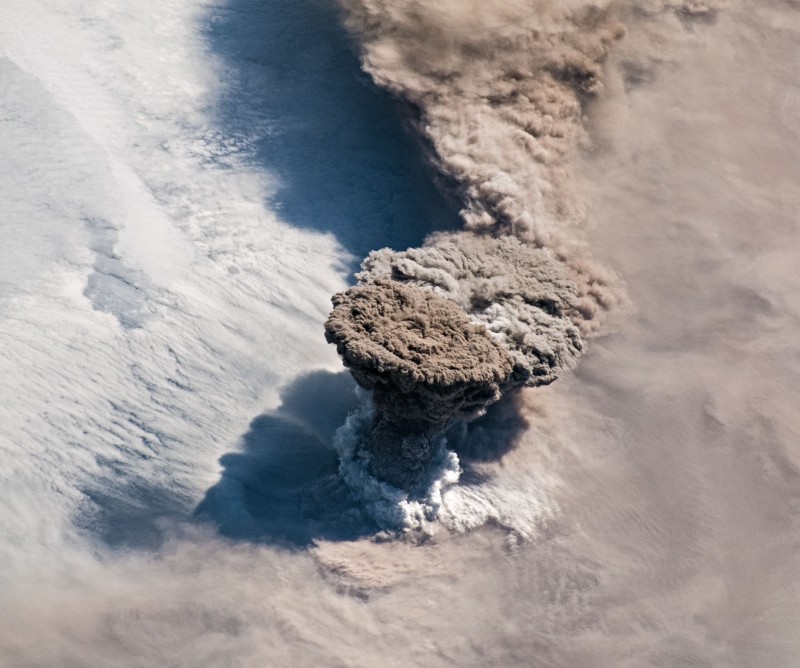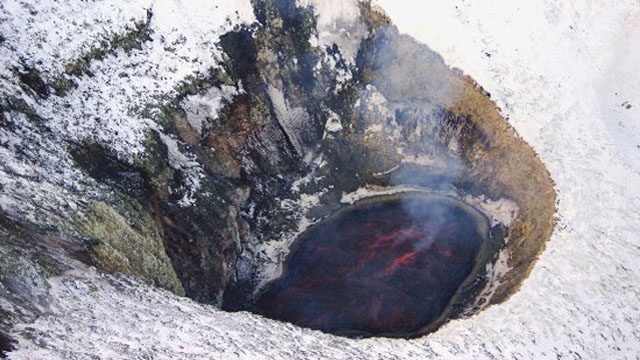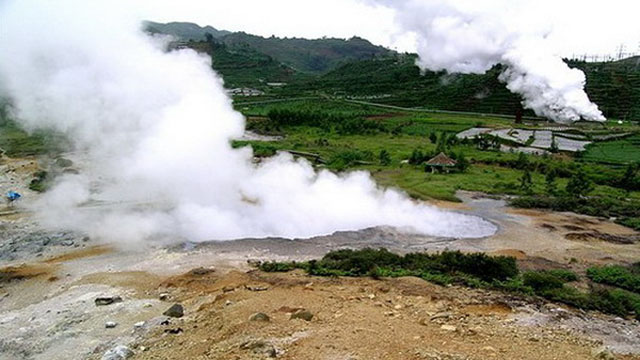A pile of new volcano images
The NASA Earth Observatory has definitely been keeping volcanophiles busy this week with some great new images of erupting volcanoes.
Sign up for the Smarter Faster newsletter
A weekly newsletter featuring the biggest ideas from the smartest people
Sometimes it is hard to keep up with the mountain of remote sensing (or not so remote) images that get released on the internet. Over the last few days, the NASA Earth Observatory has released a bunch of images/videos of current eruptions, so I thought I’d round them all up here for you to peruse.

Soufriere Hills releasing puffs of ash-and-steam on October 6, 2009. Image courtesy of the NASA Earth Observatory.
Four new images in the recent past:
Sign up for the Smarter Faster newsletter
A weekly newsletter featuring the biggest ideas from the smartest people




